Course registration is one of the biggest events for the beginning of a new semester. At 10 am on the day of course registration, students’ hearts start beating fast. One of the reasons students are nervous is that they want to register popular liberal arts courses. What are the liberal arts courses that are sold out in three seconds? Meet professors of those popular courses.
1. Understanding of Our Tea Culture
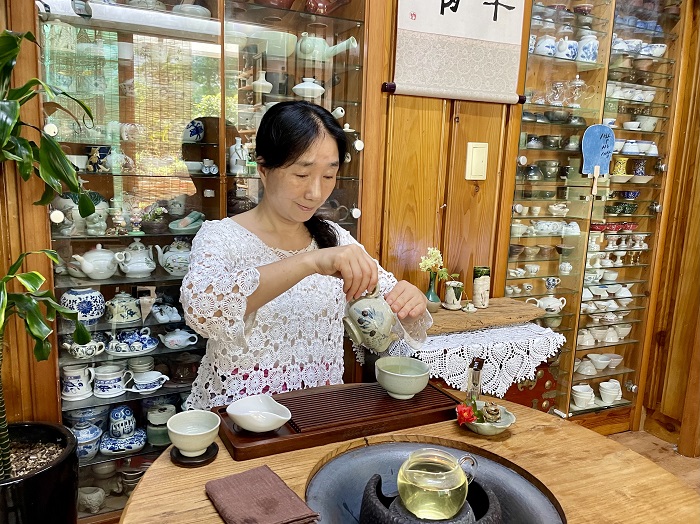
▲Professor Gwon Jeong-soon of Daeyang Humanity College
Q. What is the course like?
A. ‘Understanding of Our Tea Culture’ that I have taught since 2010 covers overall details of Korea’s and world tea cultures. In the theory part, students learn basic knowledge, characteristics and Korean tea culture history. For students to learn tea culture more effectively, we offer eight sessions of practice classes.
Q. How are the practice classes processed?
A. In practical classes, students brew over ten types of tea such as green tea, blue tea, black tea and puer tea in the classroom, and evaluate them. Currently, I film the whole process of brewing teas together with explanation about relevant teas to show students. Students submit photos, images and PPT that contain students’ practice based on contents they learned in class by uploading on Daum Cafe ‘Tea Life of Spring Light Scent’.
Q. Do students need to prepare materials by themselves?
A. No, they don’t have to. The supplies needed for practice are advised in advance, and students request the materials. They visit school to receive the materials in person or they can receive them via parcel delivery service. I have three classes of 50 students, so I have to pack materials for 150 students. I have to divide a large quantity of materials, which is not an easy work, but I am willing to do the work thinking about new students who will learn tea culture.
Q. Do you have any difficulties in giving lectures?
A. I wish I could have them practice in person in classroom. In face-to-face classes, a group of five or six students practiced together, and I tasted the teas they brewed and gave feedback right away. Presently, I have to leave online comments after looking at their assignments they submitted, so it takes a lot of time.
Q. Is there any special reason for the popularity?
A. I think the secret of the popularity is that students can have short relaxation in the fast-paced society. Actually, students say they have time to talk with friends and parents while giving teas they brew. The charm of this course is to build close relationships with family and friends.

▲ Students are brewing teas.
Q. When do you feel the most rewarded while giving lectures?
A. I feel rewarded when I see assignments students worked hard for. At the last semester, a student brewed tea for her mom, a cancer patient who had hard time even in drinking water, and she really liked the tea. The students attached a photo of her mom drinking the tea. I felt the positive effect of teas.
Q. To whom do you recommend this course?
A. I would like to recommend all students who are interested in teas. Tea is a very good beverage for mental health. Tea life becomes a good medium among human relationships. I hope many students will be interested in teas and have healthy and happy life by learning good tea culture.
Q. Do you have anything to say to Sejong students?
A. I feel sorry for those who can’t enroll due to the limited capacity. I try hard to teach tea culture profoundly without sparing compliments and encouragement. I would like to recommend my books and to those who want to learn tea culture but couldn’t enroll my course.
2. Sex and Culture
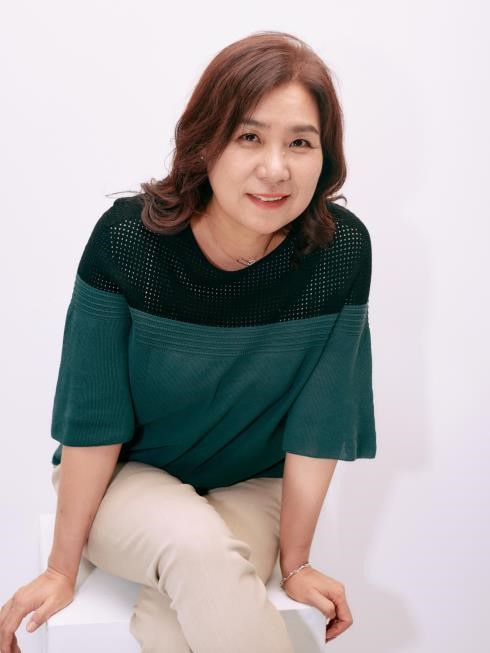
▲Professor Bae Jeong-won
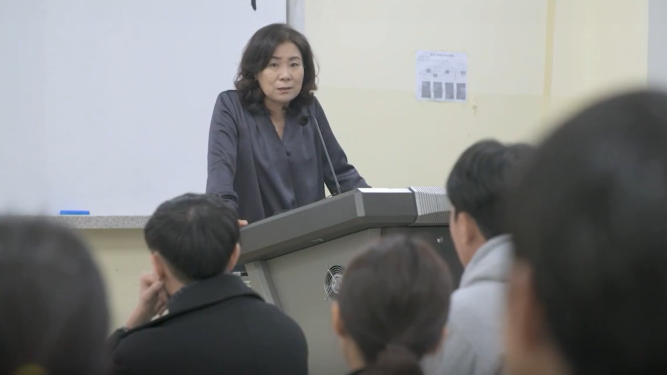
▲Professor Bae is giving a lecture in 2019. (Source: CNN)
Q. What is ‘Sex and Culture’ like?
A. ‘Sex and Culture’ is a course to help healthy management of sexual health and sexual life and to cultivate life attitude to maintain happy relationships. The goal is to help manage happy life autonomously. Since 2010, I have given lectures ‘Relationship and Marriage’ and ‘Sex and Culture’. I combined the two courses into ‘Sex and Culture’ in 2014.
Q. How was the course in face-to-face?
A. It is important to understand each other and to know differences. I need to listen to students’ opinions, so I ask a lot of questions in class. I also had them debate on social issues. Knowing the difference between two genders is a way of understanding. At first, students feel awkward in debating, but they gradually present their opinions and engage in debate freely. I tried to give interesting assignments such as buying condoms, dating and exploring parents’ marriage interviews. In addition, I had students write reviews on books that are helpful.
Q. Do you have any difficulties in giving lectures?
A. The course is processed via recorded videos. It is difficult to communicate with students, so I have them write reviews after each class. The reviews include their opinions and questions. They had hard time writing reviews at first, but gradually, they actively asked questions together with sharing their difficulties. In the next class, I answer to their questions. Sometimes, there are too many questions to go ahead, but I try my best to answer to the questions because they are all related to the course.
Q. Is there any special reason for the popularity?
A. For those in their 20s, love and sex might be two of the most interesting things. Many students enroll the course with interest in the assignment of dating. They said they could learn gender differences and came to understand discrimination, life respect and consideration. They also said they thought about the topic ‘How should I live?’ deeply.
Q. What do you want students to learn from your lecture?
A. I hope they will learn how to manage their mind and body. They can also have control power to lead happy life as ‘a good person’ by harmonizing with others. Professors are not the ones who just teach something. They stimulate students’ thoughts. I think my role is to make students feel uncomfortable, so they can think and find their problems by themselves.
Q. When do you feel the most rewarded while giving lectures?
A. It is when I read students’ reviews that they have grown in their thinking and attitudes. I am glad that the goal of this course ‘helping to live happily as a good person’ is accomplished.
Q. To whom do you recommend this course?
A. I recommend this course to students who want to live as ‘a good person’ while knowing oneself and autonomously managing oneself. I also recommend to those who have hard time meeting a date, maintaining the relationship and breaking up. This course is about human thoughts, behaviors and communications.
Q. Do you have anything to say to Sejong students?
A. Please read many books about the humanities. They include history, politics, society, culture and literature. You can learn a lot while reading them. Do not afraid of being rejected or failure, but just challenge. Trying something makes a huge difference from doing nothing. You can be mature by building experiences.
3. Art Psychotherapy

▲Professor Choi Seung-i of Daeyang Humanity College
Q. What is the course Art Psychotherapy is like?
It is a liberal arts course with practice included. As the art psychotherapy is a practical study with psychology and art combined, the curriculum consists of both psychology and art. It covers psychology theories to understand human behaviors and explains how art helps humans. I help students to analyze psychological codes from artists’ stories and pictures drawn by counselees and to apply to their own situations. Students will think about themselves while drawing pictures.
Q. How are the lectures processed?
The lecture is given via recorded videos, and the practice is substituted by online assignments and reports. I give a theme to student and have them draw pictures. When they complete their picture for a certain period of time, I give a guideline about reasons for the pictures and interpretation. With the guideline, students analyze their pictures and submit assignments.
Q. How do you manage face-to-face lectures?
I divide groups of seven to eight students for one semester. It is important for group members to know each other, so I give them time to share their stories. Then, they talk with each other like virtual group therapy. In the session of drawing pictures, they draw their own pictures and make a presentation about their pictures and stories. They exchange feedback by asking questions and explaining.
Q. Do you have any difficulties in giving lectures?
The greatest difficulty is that I can’t listen to students directly due to the recorded lectures. I tried real time video call, but Webex has the limitation on the number, and students feel complicated. When students ask questions, or when I want to hear their opinions, emails and text messages are not as lively as communicating in person.
Q. Is there any special reason for the popularity?
Nowadays, psychology is gaining more and more attention. I am happy that books with themes of emotional state and their situations are popular. The course includes practice, which makes students feel like they are participating instead of acquiring knowledge passively. There is also a fun that pictures give.
Q. When do you feel the most rewarded while giving lectures?
Students start to take interest in their own history. They review their past in order to understand their present. For this, they talk with their parents and trace their past that doesn’t remain their memory. It is also nice to see students correct their distorted thoughts about themselves. I am more motivated by students who love and comfort themselves.
Q. To whom do you recommend this course?
I would like to recommend those who want to mature themselves and those who have become interested in themselves. I think this course would help them set direction in difficult times.
Q. Do you have anything to say to Sejong students?
I would like them to have time to think about their day and to organize their thoughts about the meaningful and the meaningless at least once a day. Investing five minutes before bed will bring about great differene.
4. Diplomacy War of the 21st Century

▲Professor Kang Byeong-cheol of Department of Aerospace System Engineering
Q. What is the course like?
A. This is the course that helps students to grow into leaders with international outlook. I teach US-Chinese relations, the mechanism of international politics & economy, and international relations of East Asia that are developed in the international situation.
Q. How was the course in face-to-face?
A. In 2018, the course covered not only theories but also presentations and debates. Students read case study papers and wrote reports to make a presentation and to debate on subjects. Since 2019, the debates have been more activated instead of theories and presentations. However, it is difficult for students to engage in debates due to online classes.
Q. Do you have your own special method?
A. I apply ‘Circulation model of knowledge acquisition’. I have named by myself. Students who learned theory read research papers after setting the analysis frame and evaluate them critically through ‘weekly paper’. They compare their perspectives with others through debates. This method might be difficult for students, but is certainly effective to make what they learned their own.
Q. What is the significance of this course in the current diplomatic situation?
A. They learn the theoretical frame to access the diplomatic results logically and develop it into their own perspective. Diplomacy can be considered as the point where domestic and international politics meet. Representatives of each country have to engage in fierce negotiations with counterparts of the other side of the table while considering their domestic situations.
Q. Do you have anything to emphasize in the course?
A. It is ‘the perspective towards the world’. What is important is how we view many phenomena in our society. For example, if we see the world in blue sunglasses, the world would look blue, and red if we wear red sunglasses. It is important to choose what color of sunglasses we should choose to view various incidents and phenomena occurring in the international political space. If you have your own perspective, you will have deeper and wider range of view.
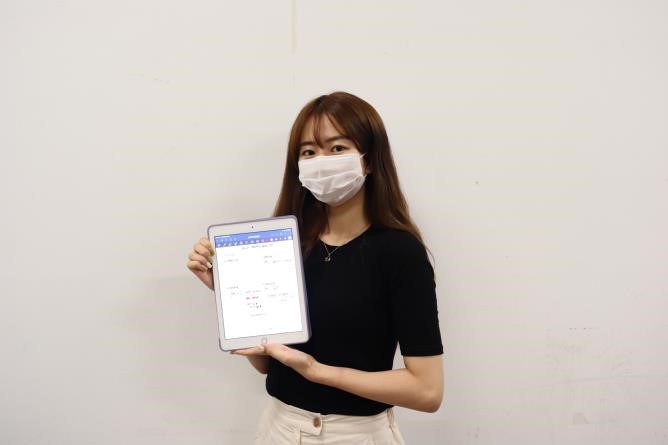
▲The best student chosen by the professor in 2018(Ham Yu-bin, Department of History)
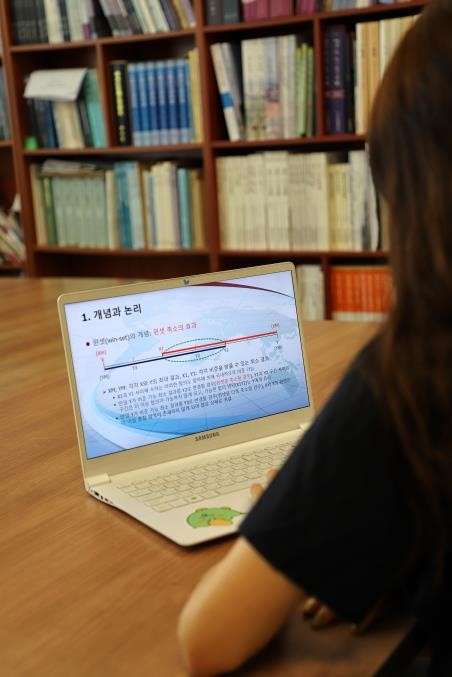
▲ A student is taking a lecture.
Q. When do you feel rewarded while giving lectures?
A. I am happy to see students develop themselves. They have to submit as many assignments as eight in one semester. At first, students not that proficient in critical evaluation. With time, they improve their ability with daily progress and monthly advance, which makes me feel rewarded.
Q. To whom do you recommend this course?
A. Students who are interested in international affairs and want to study both theory and practice are always welcome regardless of major. Most of all, if you would like to contribute to our society, country and human development by growing up to be a leader equipped with international outlook, try this course.
Q. Do you have anything to say to Sejong students?
A. “Be a Sejong person who challenges.” This is the sentence that I say at the end of each class. You can be anything beyond what you think. That’s because you have passion, courage and youth. You can work for your own country’s interest while making efforts with many world youths at international organizations such as UN and IAEA. Do not look into a low, narrow or easy spot, but run towards higher and wider places. You will have a successful life for sure.